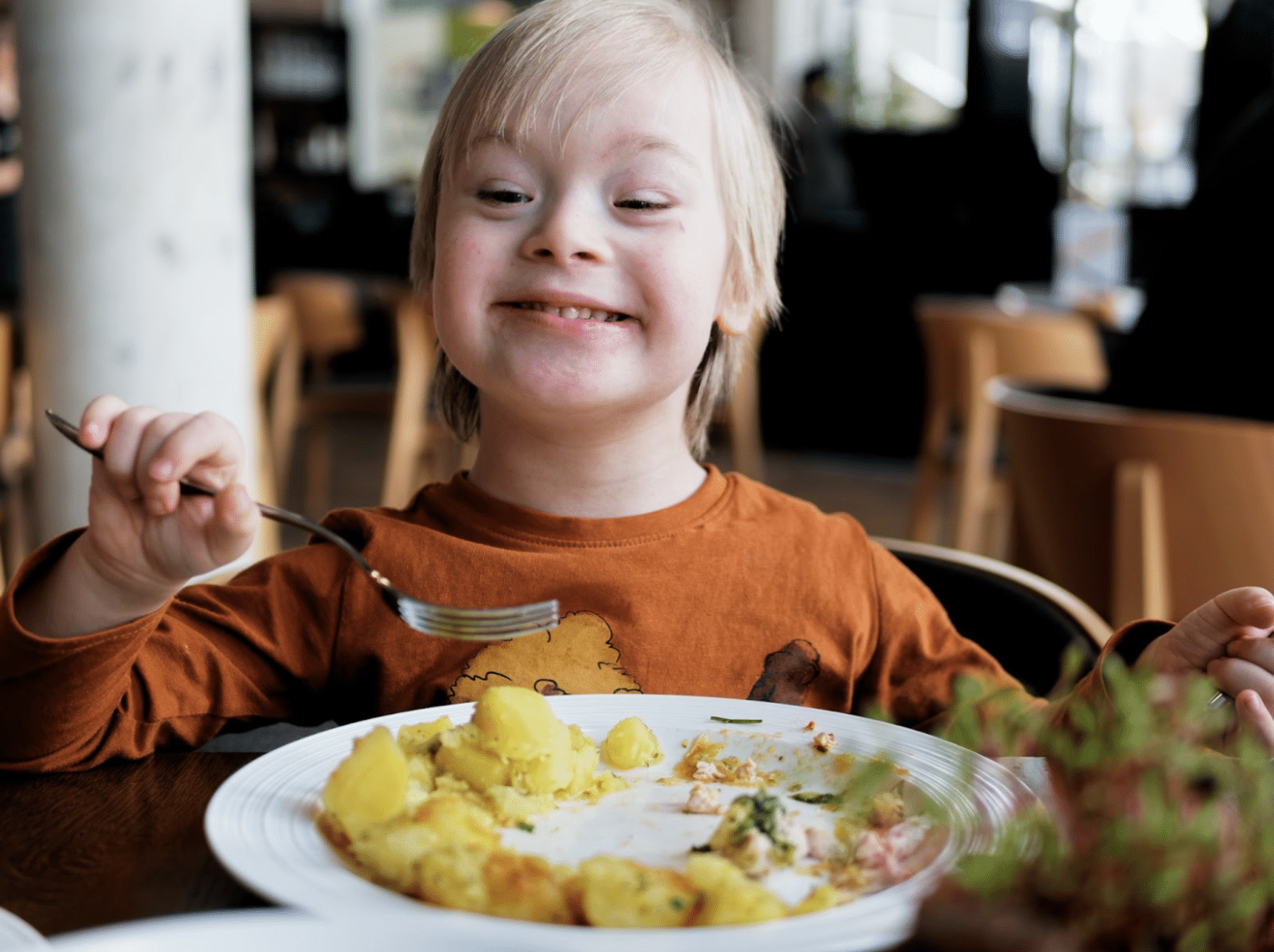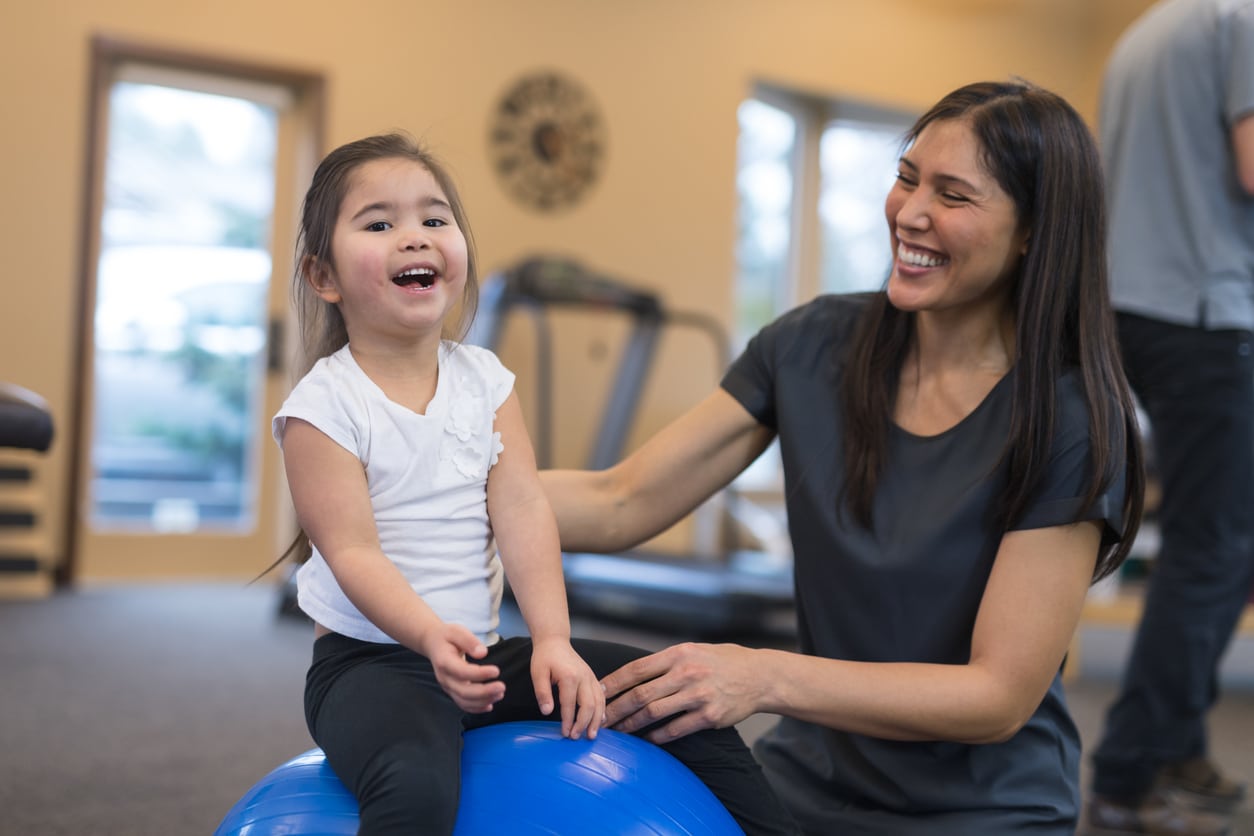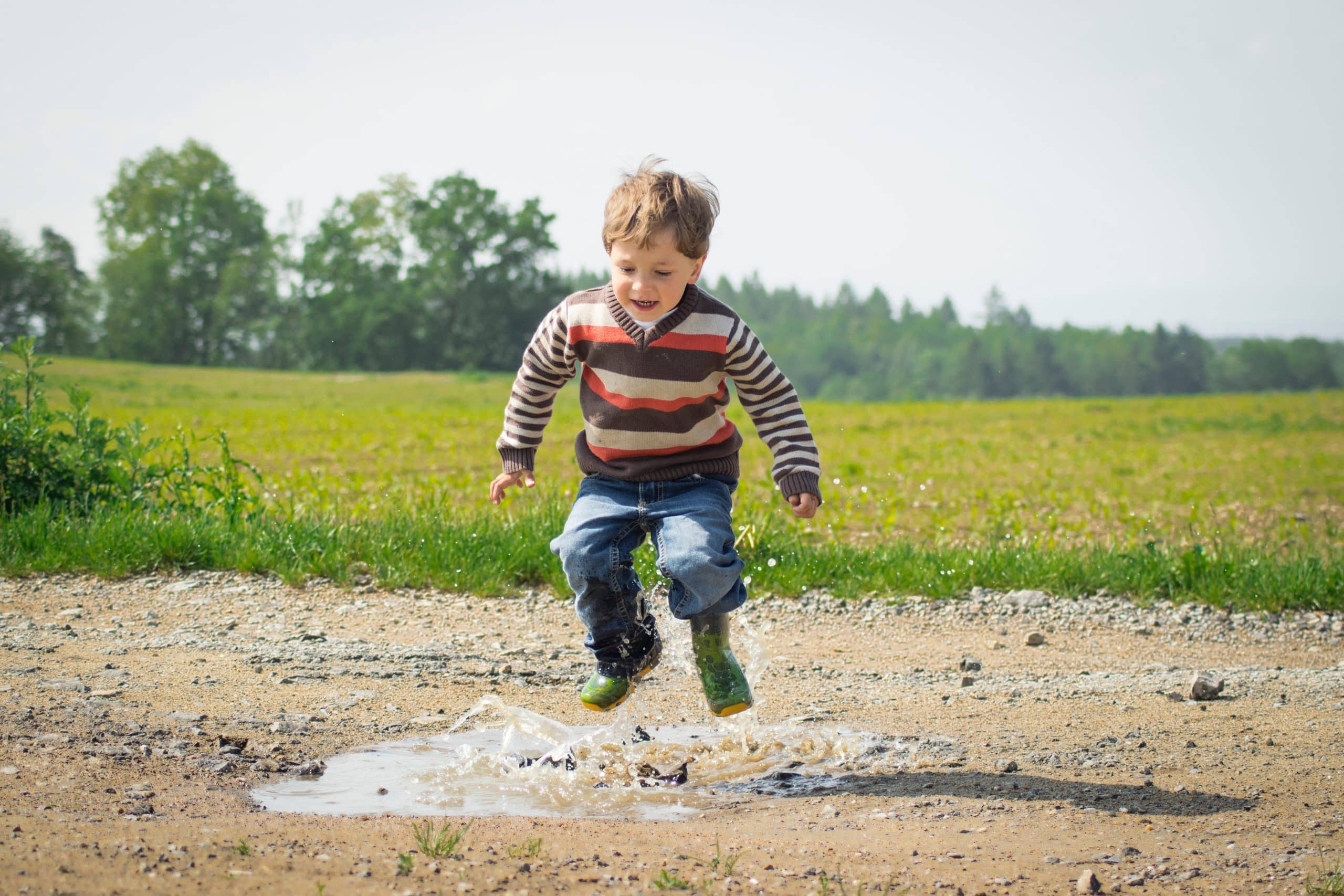
Pediatric pelvic floor disorders can be overwhelming for patients, families, and healthcare providers, especially in complex comorbid cases. Conditions such as colonic obstructions, genetic disorders, and musculoskeletal dysfunctions require a multidisciplinary approach for effective management and treatment.
Pediatric pelvic floor therapists play significant roles in helping to teach patients and families how to improve function and quality of life. This blog post delves into the complexities surrounding these conditions, discussing clinical presentations, therapeutic management, and treatment techniques. Additionally, a pediatric pelvic floor case-study highlights the importance of this therapy.
Types of Complex Pediatric Bowel and Bladder Disorders
When discussing more complex cases, it’s important to remember these children rarely present with one single problem. Many times, patients are dealing with multiple issues at once, and pelvic floor therapy is but one piece of the management puzzle. Today we’ll go over just a few of many different complex presentations you may see in the clinic, such as:
- Congenital Versus Non-congenital Anorectal Disorders
- Genetic Disorders
- Congenital Disorders
Managing and treating these disorders will be more complicated, but general treatment strategies will be discussed today, as well as a brief case study so you can see Pediatric Pelvic Floor Therapy in action. My hope is that after reading through today’s blog, you’ll be interested in learning more in my Peds Level 2 Self-Paced Course.
Pediatric Pelvic Floor Therapy for Congenital Versus Non-Congenital Anorectal Disorders

Functional disorders of the anorectal region can be caused by congenital or non-congenital mechanisms. Congenital colonic obstructions occur when babies are born with obstructions, but the obstructions are usually not recognized until after birth. They can be classified into 3 categories:
- Anorectal malformations
- Colonic atresia
- Hirschsprung disease
Non-congenital anorectal disorders can be classified into 3 categories as well. Children are not born with these disorders. Instead, they develop them through behaviors and habits or as a consequence of neurogenic dysfunction. These categories include:
- Rectal prolapse
- Dyssynergic defecation
- Megacolon/megarectum
It’s recommended that children with anorectal disorders begin pelvic floor therapy starting at a young age. Some cases may need surgical correction with therapy before/after surgery.
In the Peds Level 2 — Advanced Pediatric Bowel and Bladder Disorders course, you will learn what each of these congenital and non-congenital anorectal disorders look like and understand how they present functionally, plus treatment methods to help these families to improve function and manage the conditions as the children grow and develop.
Management and Treatment of Anorectal Disorders:
When you’re helping families of children with anorectal disorders, the importance of patient and parent education cannot be stressed enough. You need to first educate on age-appropriate bowel and pelvic floor function and proper toileting. Fiber and fluid intake must be normalized, especially for children with slow motility. Bowel consistency and frequency must be normalized as well.
The thorax/rib mobility and function must be assessed, along with the breath and pressure systems. Children must learn how to coordinate their breath with defecation. With treatment, you will progress their core/pelvic floor coordination and strength.
The pelvic floor will require re-education with increases in intra-abdominal activities and defecation. Manual technique treatments may be needed for children with constipation. If necessary, rectal balloon training may be indicated for children with hyper or hypo sensitivities.
As you can see, there is no one simple answer to helping children with anorectal disorders. Another group of children with more complex needs include those with genetic disorders.
Pelvic Floor Therapy for Children with Genetic Disorders

Children with genetic disorders often experience a wide range of pelvic floor issues. Genetic disorders, such as Down syndrome, Prader-Willi syndrome, and Ehlers-Danlos syndrome, can affect pelvic floor function.
These can influence gross development, eating habits, and muscle tone, all of which play into pelvic floor function. Strategies for managing pelvic floor dysfunction with genetic disorders may include dietary and lifestyle modifications, physical therapy, or surgical intervention.
Just as with treatment for anorectal disorders, children with genetic disorders and pelvic floor dysfunction likely need core and ribcage assessments, breathing assessments, pelvic floor muscle assessments and treatment strategies to address your findings.
Pelvic Floor Therapy for Congenital Disorders: VACTERL Syndrome
VACTERL (formerly known as VATER) syndrome is a group of congenital birth defects that occur in early embryonic development. VACTERL is an acronym that identifies parts of the body that didn’t develop properly. Children must present with at least 3 of the following for a VACTERL diagnosis:
- Vertebral defects
- Anal atresia
- Cardiac defects
- Trachea
- Esophagus
- Renal (kidney) anomalies
- Limb abnormalities
The birth defects affect motor and postural development as children develop through life. They also can affect respiratory, cardiac, urinary, and digestive capacity.
The role of OT/PT is to address the following functional impairments from birth throughout childhood:
- gross strength and function
- core strength
- thorax mobility
- diaphragm and pelvic floor strength and coordination
Again, your approach to treating the pelvic floor in these children will not be a short and simple answer. A multidisciplinary approach is best for children with VACTERL syndrome.
Pelvic Floor Treatment for Complex Pediatric Bowel and Bladder Disorders — What Does it Include?

As a Pediatric Pelvic Floor Therapist, you must understand that early gross motor delays regarding postural control will greatly affect the diaphragm and pelvic floor. Of course, it’s all connected! When treating the conditions discussed above, you’ll need to take a step back from the pelvic floor. You’re not simply treating constipation, you’re treating the whole child.
Here are some assessment and treatment considerations:
- Postural Control: Development through gross motor postural positions develops the spinal curvature and affects the relationship between the diaphragm and pelvic floor development. This is because the diaphragm and the pelvic floor move together during the breath, which creates a lymphatic pump and mobilizes the viscera. An unbalanced pressure system from developmental issues affects the motility and mobility of the viscera.
- Breathing Assessment: Assessment includes looking at the breathing patterns of the ribs and thorax. The tone of the abdominal wall musculature must be compared right to left.
- Manual treatment: May include myofascial/connective tissue release, taping, cupping, scar tissue mobility, or connective tissue rolling. A manual diaphragm release may also be indicated.
- TrA Activation: Strategies to improve breathing patterns and proprioception should be implemented. Activation of transverse abdominus (TA) is extremely important for core engagement as well.
- Pelvic Floor Exercise: Done with breath work, pelvic floor exercise is imperative to improving function of complex bowel and bladder cases.
In Peds Level 2, you will learn how to perform a thorough assessment of breathing patterns, how to perform manual techniques to release and facilitate bowel function, how to palpate and cue for exercise progressions, and much more!
Pediatric Pelvic Floor Case Study: Hirschsprung Disease
Meet a brave 7-year-old boy who has been battling Hirschsprung disease since birth. We’ll call him Bryce. His medical history includes a complex pull-through procedure and a colostomy placement due to severe bowel issues. At just 4 years old, he started his journey with physical therapy to address toilet training challenges.
Fast forward to today—18 months post-surgery, he’s on the path to colostomy reversal, with the ultimate goal of regaining control over his bowel movements through the rectum.
In the Peds Level 2 course, we dive deep into cases like this one. You’ll learn how to guide and support young patients like Bryce on their way to an improved quality of life. The first step is building a foundation through pelvic floor muscle isolation and awareness.

During the assessment, we diligently check for the presence of an active anal wink bilaterally and the ability to contract the pelvic floor actively. Unfortunately, we find that he struggles with endurance when squeezing and has difficulty relaxing his pelvic floor muscles.
That’s where biofeedback comes into play, helping us retrain his pelvic floor. Despite initial challenges with incoordination and minimal endurance during alternating 5-second hold/relax intervals (repeated 10 times), the young patient’s commitment and practice gradually led to improved muscle function, especially in terms of relaxation.
We also employ surface electromyography (EMG) in the supine position to assess the endurance of his pelvic floor muscles. As part of his progression toward normalcy, he shifts from a supine to a sitting position, using a biofeedback game that visualizes his progress on a screen.
Furthermore, we evaluate his diastasis to assess the condition of his abdominal walls. At the age of 4, he had a substantial diastasis measuring 4 fingers in width. Today, his ribs show less spreading, and the diastasis has substantially closed as he continues his journey toward recovery.
A thorough breathing assessment reveals posterior rotation of the rib cage and thorax during inhalation—a common response in children with abdominal surgeries or related issues. In addressing this, we introduce upper transverse abdominus (TA) activities to enhance lateral rib cage expansion.
Overall, treatment for this little boy included:
- Core stabilization exercises
- Diaphragmatic breathing techniques
- Upper transverse abdominus (TA) activities
- Progressing from supine to sitting positions
- Abdominal diastasis management
- Pelvic floor retraining with biofeedback
- Rectal dilatation exercises
- Rectal balloon training for improved bowel control
Not only does the patient require specialized therapy, but as you can see, there were many steps and progressions involved in his treatment course.
Peds Level 2 provides pelvic floor therapists with comprehensive guidance on numerous case studies, such as this one, with in-depth videos and step-by-step demonstrations.
Empowering Lives Through Pediatrics Level 2 — Advanced Bowel and Bladder Disorders
Managing complex pediatric pelvic floor cases requires a holistic approach, and it’s my privilege to share these insights with you. In this blog, we’ve explored the intricate world of pediatric pelvic floor therapy, from congenital and non-congenital anorectal disorders to genetic and congenital disorders.
It’s crucial to recognize that children rarely present with a singular issue. Many young patients are dealing with a multitude of challenges simultaneously. As pediatric pelvic floor therapists, you play a vital role in guiding them toward a better quality of life.
This journey isn’t without its complexities, but we’ve touched upon essential treatment strategies, each piece contributing to the broader puzzle. From building strong foundations through core stabilization to mastering diaphragmatic breathing techniques, you are equipped to make a profound difference in the lives of these young patients.
And that’s just the beginning. With Peds Level 2, you’ll gain comprehensive insights, delve into more case studies, and witness step-by-step demonstrations to further hone your skills. I want to empower you to make a lasting impact on the lives of these incredible children and their families.
If you are a pediatric pelvic floor OT/PT and have taken my Peds Level 1 — Treatment of Bowel and Bladder Disorders online course, please consider clicking the button below to join me for Peds Level 2 and become part of a life-changing mission. Explore the possibilities, expand your knowledge, and together, let’s transform lives through pediatric pelvic floor therapy.
